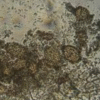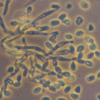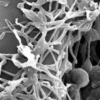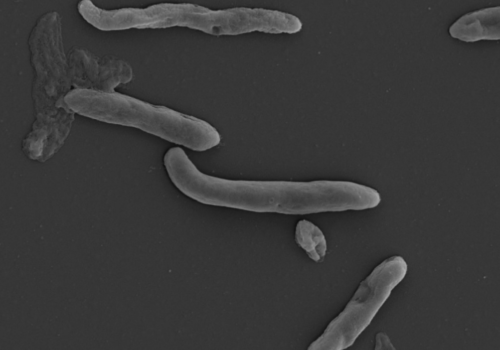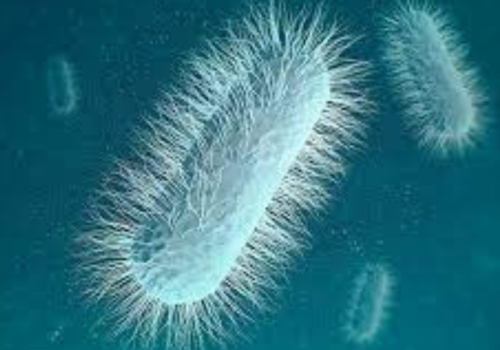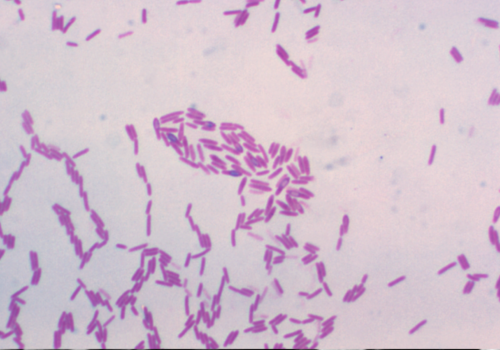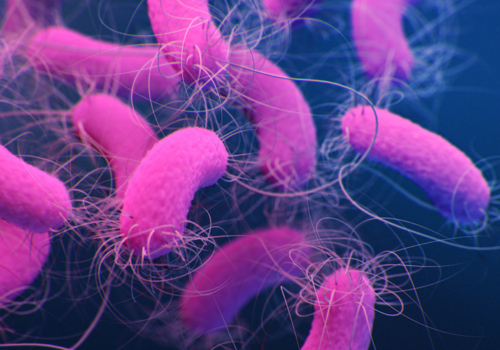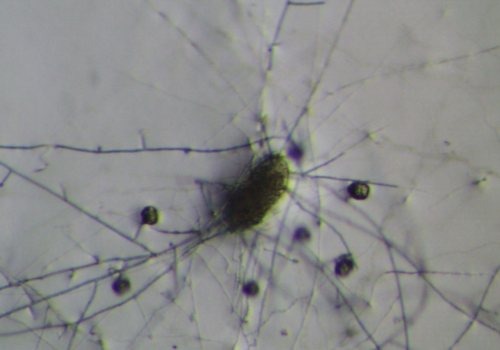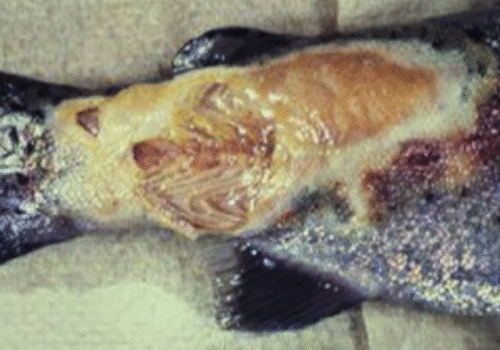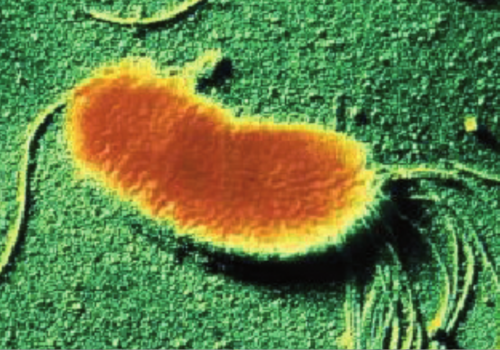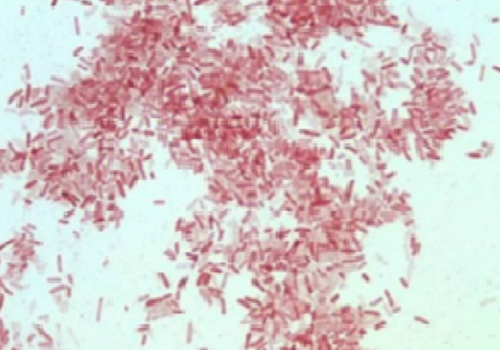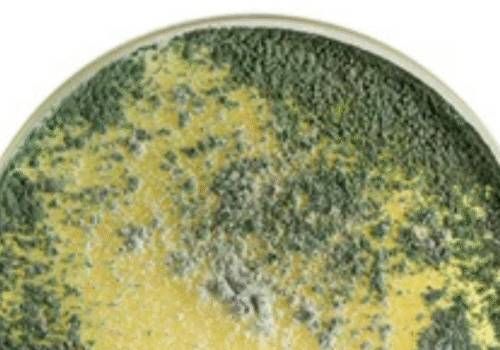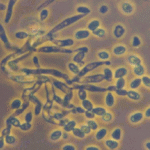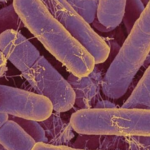Overview of the Microbe Derxia gummosa is a gram-negative, rod-shaped, obligate aerobic bacterium recognized for its capacity to fix atmospheric nitrogen [1]. First described in...
Bacillus subtilis is a robust, Gram-positive bacterium widely recognized for its adaptability and efficiency in various environments.
Overview of the Microbe Paenibacillus polymyxa is a gram-positive, rod-shaped, spore-forming bacterium commonly found in soil and the rhizosphere of plants. It thrives in diverse...
Overview of the Microbe Enterobacter cloacae is a gram-negative, facultatively anaerobic, rod-shaped bacterium belonging to the family Enterobacteriaceae. Initially recognized for its opportunistic pathogenicity in...
Overview of the Microbe Pseudomonas aeruginosa is a Gram‑negative, aerobic, non‑spore‑forming rod that thrives in diverse environments and causes opportunistic infections in immunocompetent and immunocompromised...
Overview of the Microbe Pochonia chlamydosporia is an ascomycete fungus (Hypocreales: Clavicipitaceae) formerly known as Verticillium chlamydosporium[1]. First identified in the 1970s as a natural...
Overview of the Microbe Flavobacterium columnare is a Gram-negative, rod-shaped, filamentous bacterium that belongs to the phylum Bacteroidetes and class Flavobacteriia. It is the etiological...
Bacillus subtilis is a robust, Gram-positive bacterium widely recognized for its adaptability and efficiency in various environments.
Overview of the Microbe Photorhabdus luminescens is a Gram-negative, rod-shaped bacterium in the family Morganellaceae (formerly Enterobacteriaceae) that is notable for its bioluminescence and insect-pathogenic...
Overview of the Microbe Gliocladium virens (teleomorph: Trichoderma virens) is a filamentous, soil-dwelling fungus well recognized for its ability to suppress a wide array of...

